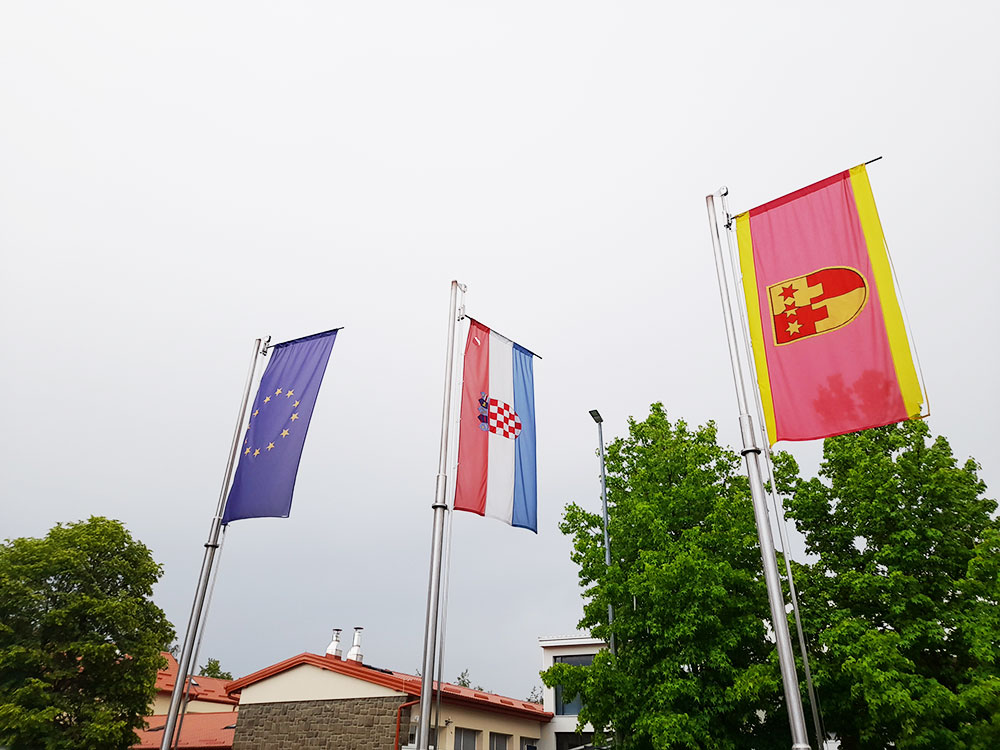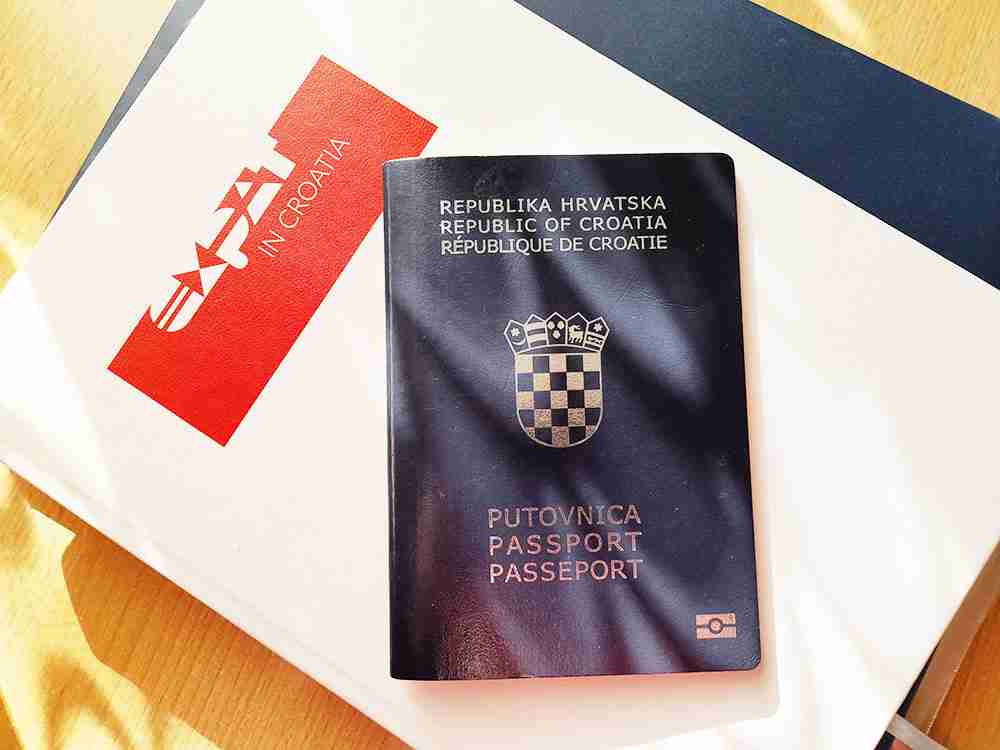Croatia is a road tripper’s paradise, offering stunning coastal drives, scenic inland routes, and well-maintained highways. Whether you’re heading to the Adriatic coast or exploring historic towns, driving in Croatia allows for ultimate flexibility. Here’s everything you need to know to make your journey smooth and enjoyable.

Table of Contents
ToggleHighway Network and Road Conditions
Croatia has an extensive and modern highway system that connects major cities and tourist destinations. The A1 motorway runs from Zagreb to Split, continuing further south towards Dubrovnik. In addition to highways, well-maintained state and regional roads provide access to smaller towns and scenic spots.
Highways (Autoceste): Toll roads with efficient service areas.
State Roads (Državne Ceste): Well-paved and connect major locations.
Local Roads: Some remote roads can be narrow and winding—drive carefully.
Required Documentation
Ensure you carry the necessary documents to avoid any issues while driving:
Driver’s License: A valid national driving license is required. If your license is not in the Latin alphabet, an International Driving Permit (IDP) is recommended.
Vehicle Registration: Carry your vehicle’s registration certificate.
Proof of Insurance: The Green Card system is accepted as valid proof of insurance.
Traffic Regulations and Speed Limits
Driving rules in Croatia align with European standards. Observe the following:
Speed Limits:
50 km/h in urban areas
90 km/h on open roads
110 km/h on expressways
130 km/h on highways
Seat Belts: Mandatory for all passengers.
Headlights: Must be used during winter months and in low-visibility conditions.
Mobile Phones: Using handheld devices while driving is prohibited.
Reflective Vest: Required in case of breakdowns—wear it when exiting the vehicle on the road.
Fuel Stations
Gas stations are widely available, especially along highways and in urban areas. Many operate 24/7 and offer various fuel types:
Eurosuper 95, Super 95, Super 98, Super Plus 98
Euro Diesel, Diesel
LPG (available at select stations)
Keep your tank sufficiently filled, particularly in remote areas where stations may be sparse.
Toll System and Payment Methods
Most Croatian highways operate on a toll system, where fees depend on the distance traveled. Payments can be made in:
Cash (Euros)
Credit/Debit Cards
Electronic Toll Collection (ENC): Offers discounts and faster passage.
Check the Croatian Highways website for updated toll rates and payment details.
Avoiding Traffic Congestion
During peak tourist seasons (July–August), traffic can be heavy, especially on routes to the coast. To minimize delays:
Travel during off-peak hours
Check real-time traffic updates via the Croatian Automobile Club (HAK) website or mobile app
Consider alternative scenic routes to bypass congested areas
Emergency Contacts
In case of an emergency, use the following contacts:
Roadside Assistance (HAK): Call +385 1 1987
Emergency Services (Police, Fire, Medical): Dial 112
By following these tips and adhering to local driving regulations, your journey through Croatia will be safe, comfortable, and unforgettable. Enjoy the open road and explore the country’s breathtaking landscapes at your own pace!

